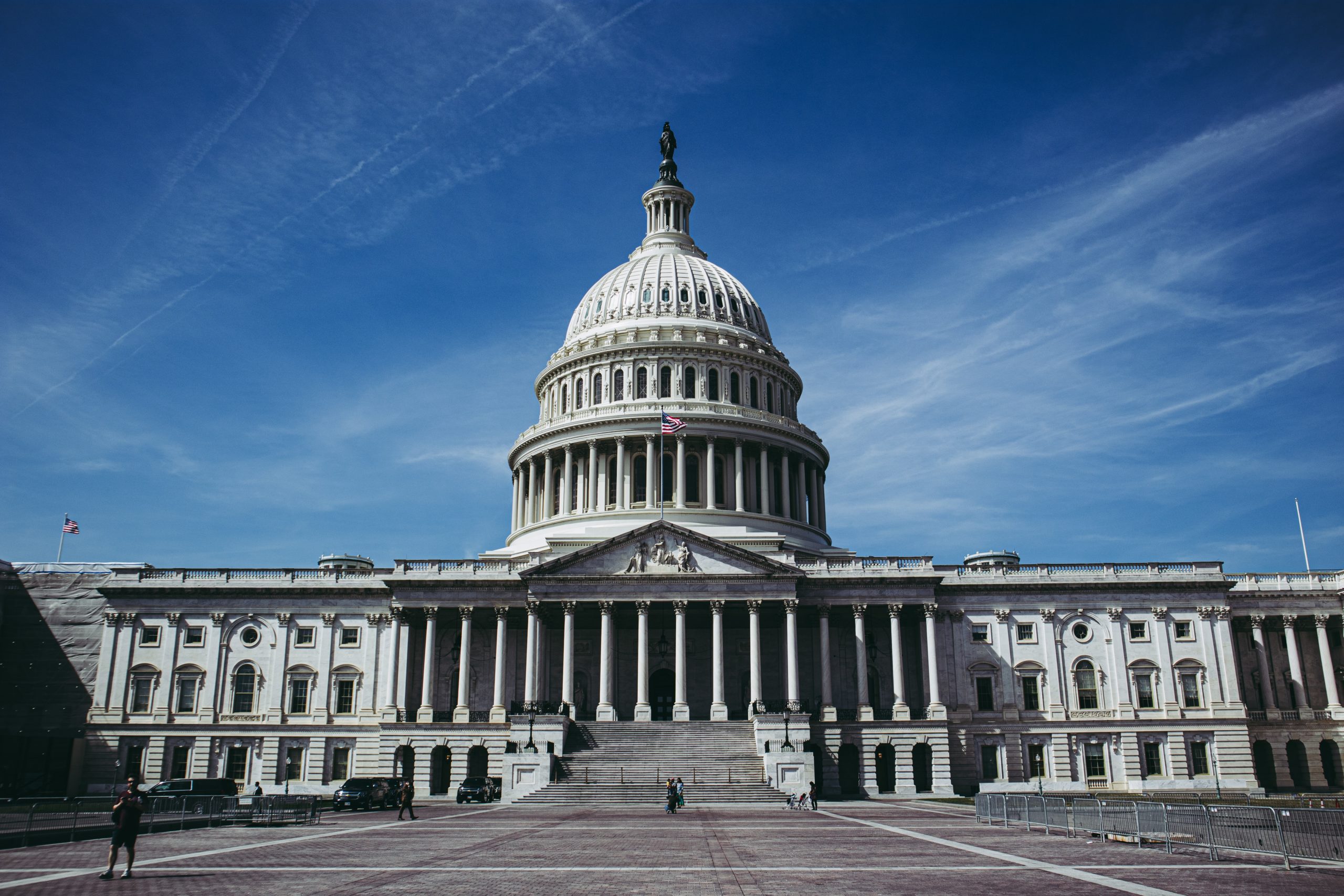The HJC Report on the Future of the U.S. Competition System: Part 1

Today the House Judiciary Committee’s Subcommittee on Antitrust, Commercial and Administrative Law published a Report that compiles the findings of a long investigation into competition and digital services led by Chairman Cicilline (“the Majority Report”). In a series of blog posts, DisCo will analyze the recommendations included in the Majority Report, taking into account how the implementation of such measures could impact consumers — a perspective that the Majority Report seems to have failed to include in its findings. But before we start digging deeper into each of the recommendations, below is our preliminary analysis of the Majority Report.
The first important note to make with respect to these findings is that, despite this being labelled by lawmakers as a “bipartisan effort,” no Republican members of Congress joined the Majority Report. In fact, under Representative Buck’s leadership, it seems that Republicans will issue a “Minority Report” (or two Reports) that contains support for limited changes to the antitrust system, and calls for more experts’ advice. The draft leaked Minority Report questions how some of the recommendations included in the Majority Report could impact the U.S. innovation ecosystem, including venture capitalism, consumers, and growth.
The Majority Report contains a holistic view of antitrust matters and the digital economy including numerous recommendations that would only result in harm to consumers. In short, the Majority Report assumes that Apple, Amazon, Google, and Facebook (and only these companies) have all engaged in anticompetitive practices such as self-preferencing their products, acquiring start-ups, misusing collected data, and erecting barriers to entry. (We use the word ‘assume’, rather than prove, because to date, in the U.S. anticompetitive behavior is sanctioned by the judiciary.) The mere fact that the Majority Report suggests introducing changes to the competition regime because a selected group of companies (and here it’s only 4 companies) is said to have engaged in anticompetitive practices raises serious procedural and substantive questions. Engaging in a drastic change to the antitrust norms shouldn’t be based upon a series of assumptions regarding the conduct of only a few companies where the competition norms would be applicable across the entire economy, disregarding the sector or industry.
To solve the competition problems that only these four companies seem to raise, the Majority Report suggests revisiting the existing competition system and case law. For example, the Majority Report suggests reviving the essential facilities doctrine or lowering the evidentiary burden for predatory pricing cases. The Majority Report also includes other recommendations that would go against policies economics inform to be pro-consumer, such as introducing presumptions that vertical mergers are anticompetitive, banning the acquisition of start-ups, or imposing structural and line of business separations.
In contrast, the draft leaked Minority Report questions most of these radical recommendations and raises concerns regarding the impact these recommendations will have on the U.S. ecosystem that so clearly promotes innovation. In fact, as we will analyze in future posts, thanks to applying economics to the enforcement of the law, we have learned that consumers usually benefit from the vertical integration of businesses, or that consumers benefit from the synergies that corporations create by offering multiple goods and services that result in better or cheaper products for consumers. Economics has also taught the important incentive that potential acquisitions represent within start-up and innovation ecosystems.
Not everything in the Majority Report is bad. According to the Majority Report, antitrust authorities have not been able to do anything about these anticompetitive practices because the existing jurisprudence and laws grant antitrust immunity to “Big Tech” (hence, the recommendations), but also because they do not have enough resources. The latter point seems to be a reasonable one.
Both the Majority Report and draft leaked Minority Report agree that antitrust authorities need more funding to be able to enforce even more cases and this seems to be true. Both the FTC and DoJ have endeavored to identify those cases that were harming consumers, but without resources it is impossible to require these two institutions to do even more. So hopefully, the institutional recommendation to grant additional funding to these authorities will be executed sooner rather than later. Sound antitrust enforcement requires strong authorities so they can advance their mandate. And this type of measure, rather than reviving a vision of antitrust that has proven not to benefit consumers in the past, is what we would expect Congress to do.
Surely the outcome of the House investigation will promote debates and discussions on what the future of U.S. antitrust should look like. Although most of the recommendations included in the Majority Report are controversial, the recommendations have elicited among antitrust experts discussions that in the past helped move the competition system in the U.S. forward and have looked at what was best for consumers. At DisCo, we hope to contribute to these debates with future posts offering the pro-consumer and pro-innovation perspectives with the hope that if any amendments to the antitrust framework are introduced, they will bring about positive outcomes for consumers and innovation alike.








